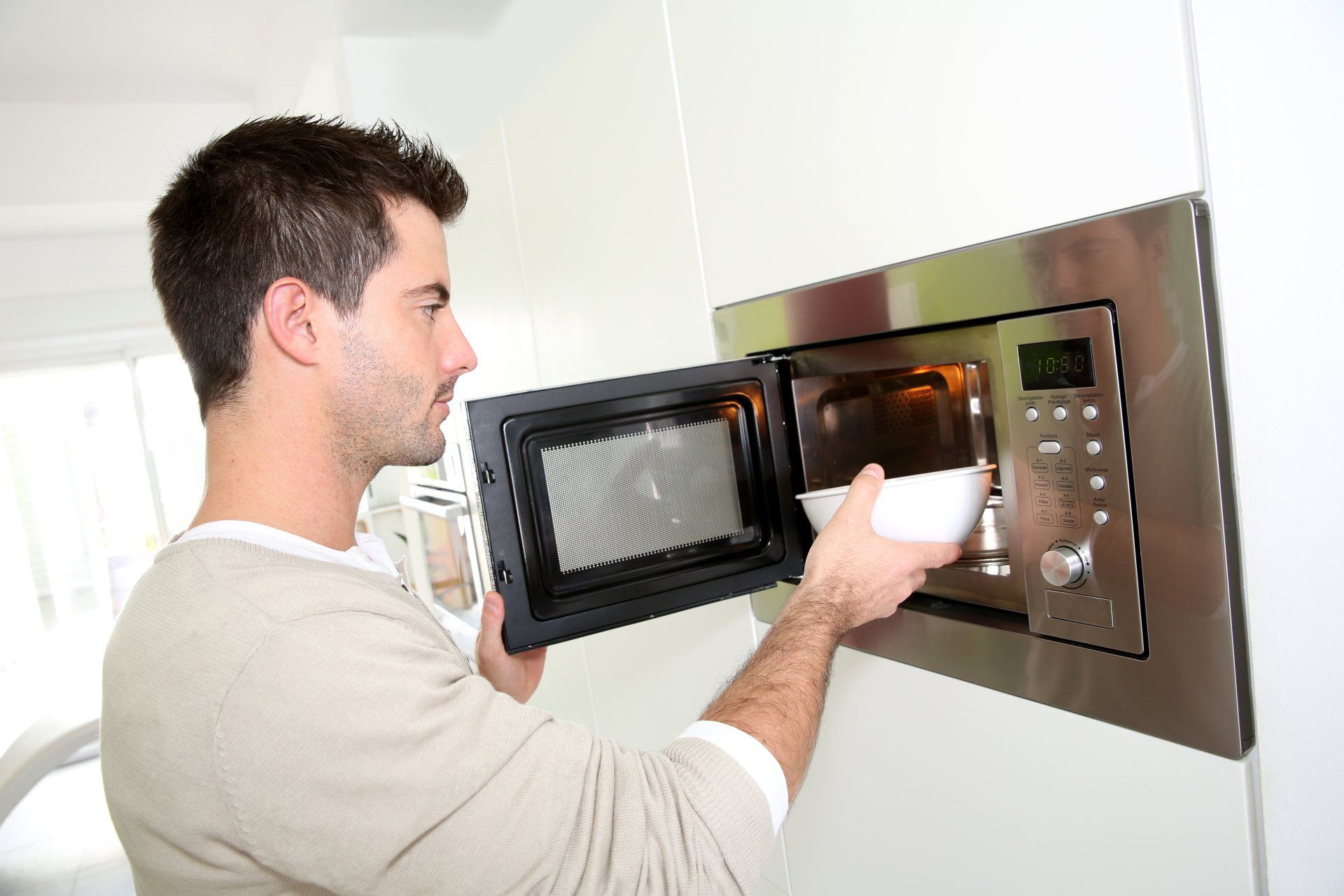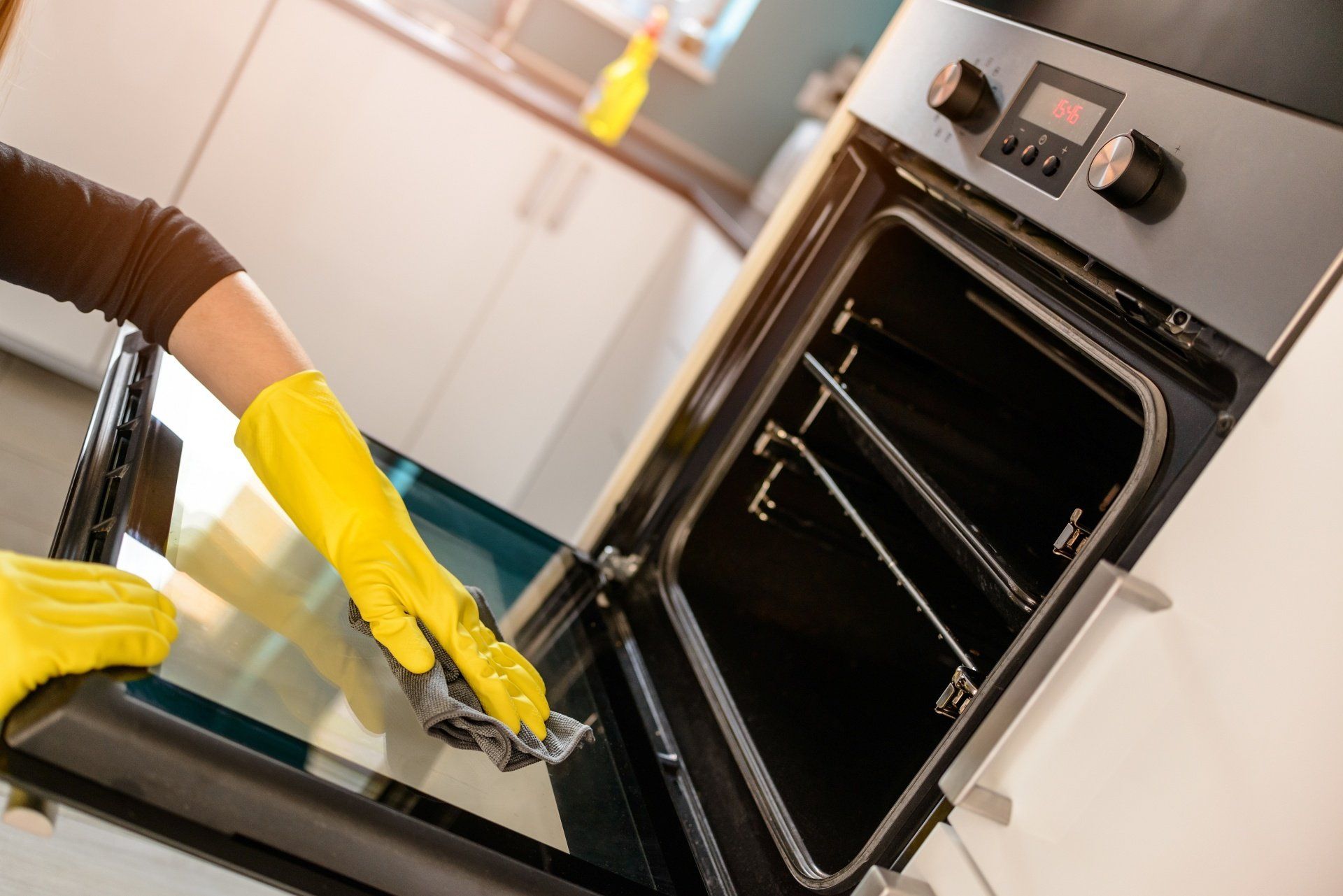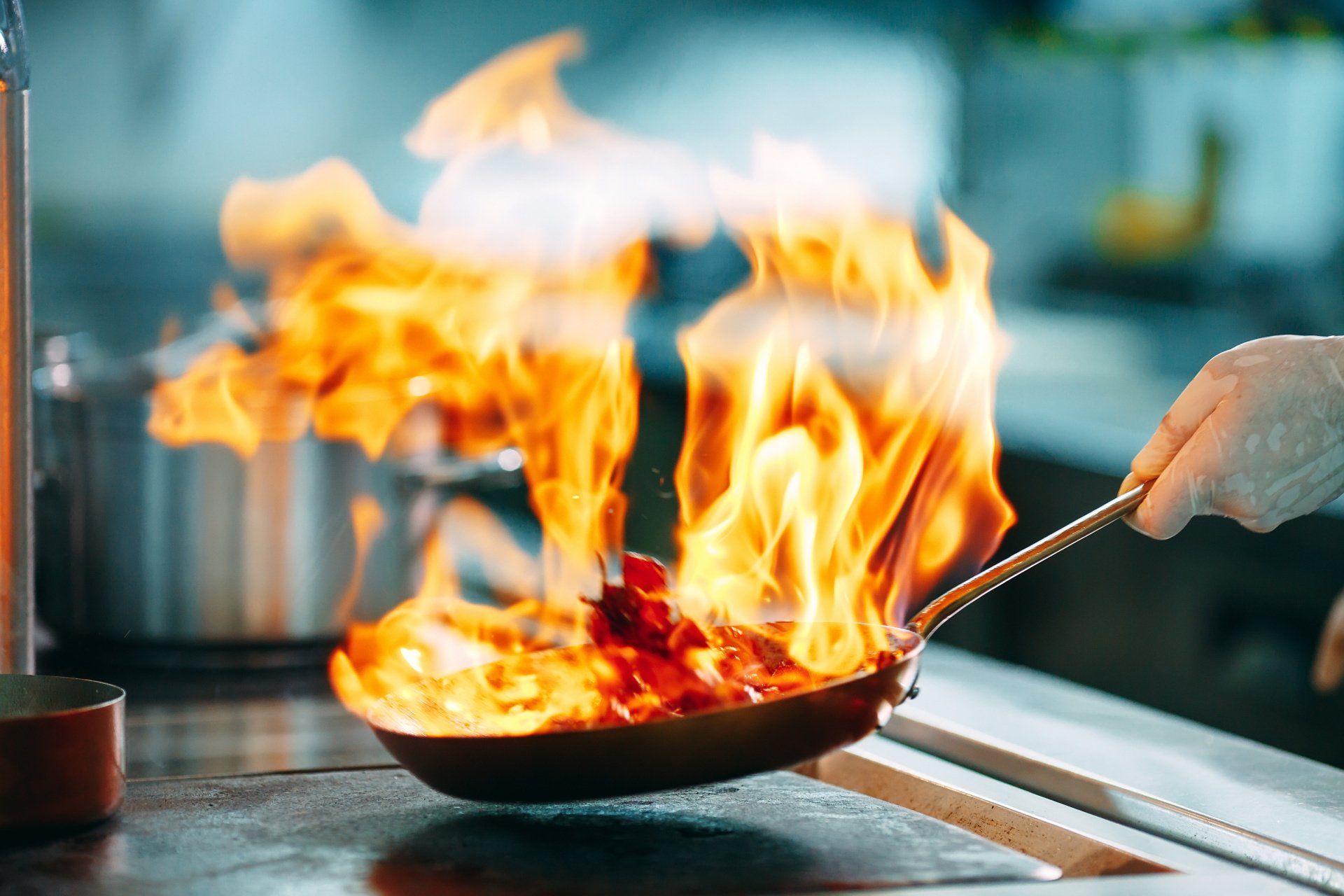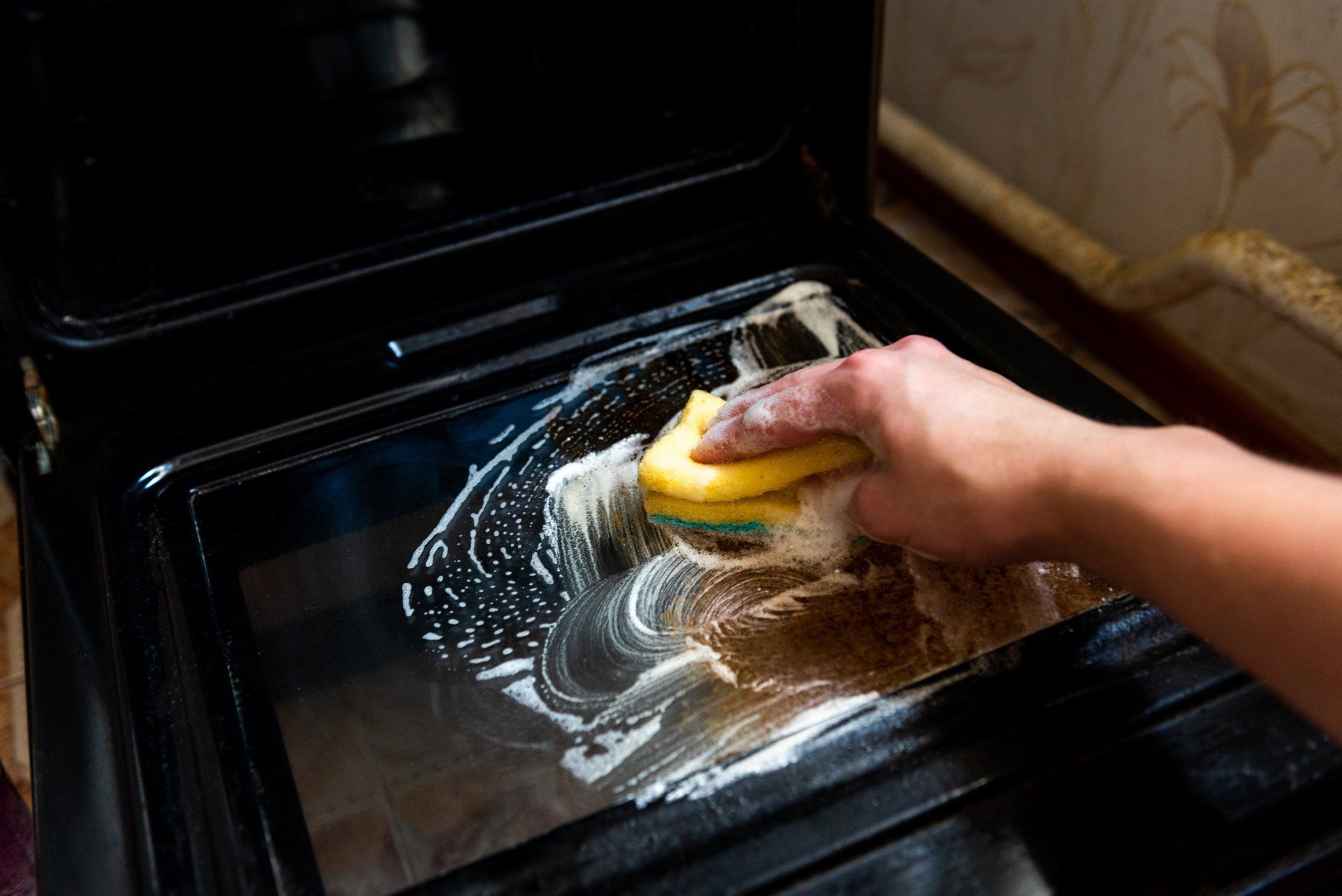How To Clean Your Kitchen Extractor Fan Filter
Extractor fans are a must-have in any kitchen. Not only do they help keep your kitchen clean by removing harmful smoke and fumes, but they also help to keep the room ventilated. Over time, the filters in your extractor fan will become clogged with dirt, dust, and grease, which will impact its overall performance. In this blog, we will tell you how to clean your extractor fan and filters quickly and easily. Let’s get started!
How to Clean the Kitchen Extractor Fan
While you are cooking those delicious dishes every day, your cooker hood (extractor unit above the hob) is getting greasier and grimier as it works hard to eliminate odours, fumes and grease. You may have the habit of wiping down your hob, but just like any appliance, it needs that interior deep clean. Not to worry! With the right match of cleaning solution and scrubbing methods, we are here to help you get that gleaming cooker head filter back. Here's how to make it sparkle again:
To start, you will need:
- Hot water
- Washing up liquid
- Non-abrasive brush
HOW TO CLEAN METAL COOKER HOOD FILTERS
STEP-BY-STEP GUIDE
- Carefully remove the filters from the hood. Most filters easily slide or pop out, but if you’re unsure, refer to the manufacturer/ user guide.
- Fill the sink with very hot and add the washing up liquid.
- Place the grease filters in the sink, making sure they are entirely covered by the water. Leave to soak for at least 15 minutes.
- After soaking, gently scrub the filters with a non-abrasive brush. For stubborn areas of grease and grime, add extra washing up liquid directly to the brush.
- Be gentle with your brushing action to avoid damaging the filters. To avoid damaging the filter surface, do not use coarse scouring tools or pads.
- Repeat the above step on the other side of the filter.
- When all the grease and grime has been removed, rinse the filters fully with clean hot water.
- Allow the filters to dry naturally, or speed up the process by patting dry with paper towels. NOTE: do not apply heat to your filters to help them dry faster.
- Only when they are completely dry can you refit the filters in the extractor hood.
- And that's it, you've cleaned the filters!
PREVENTING THE BUILD UP OF GREASE
Also, as frying is the most common cause of grease build up in extractor fan filters, you may want to invest in a splatter guard.
Cleaning the filters is necessary to prevent grease and fumes reaching the extraction vents. However, there are preventative steps you can take between deep cleans to make the job easier for yourself. We recommend using a paper towel or clean cloth to wipe down the grease filters each time you use the hob - ensuring the fan and hood are completely cool before you start to clean.
REPLACING THE EXTRACTOR FAN FILTERS
The grease filters in your kitchen extractor hood often last for a few years. However, like anything else, they don’t last forever and can deteriorate over time. If your filters are showing any signs of deterioration or physical wear, they should be replaced as soon as possible.
If your hood has standard carbon filters, they cannot be cleaned and should be replaced at least every four months, or more regularly if the hood is used extensively.
CLEANING THE REST OF THE APPLIANCE
While the filters are soaking in hot soapy water, you’ve got a perfect opportunity to give the inside of the hood a good clean too. Use a sponge and a non-abrasive cleaning agent to clean the inner surfaces of the hood. Then thoroughly dry the inside walls before refitting the filters.
To clean the surface of the extractor, use a soft cloth and washing up detergent and warm water.
Painted surfaces should be cleaned using a soft cloth, detergent and warm water. Or use a cleaner designed for enamel surfaces. Do not use abrasive or bleach-based products on any of the hood’s surfaces.
There are many reasons to clean the filters in your extractor unit. The longer you leave it, the bigger an effect it will have on the fan’s performance. Plus, doing it every so often will ensure you don’t have the unpleasant tasks of tackling a major build up of grease.
Glass surfaces, usually found on built-in kitchen extractor fans, should be cleaned with a suitable glass cleaning agent. You'll be able to find information on this in the user handbook/manual guide.









